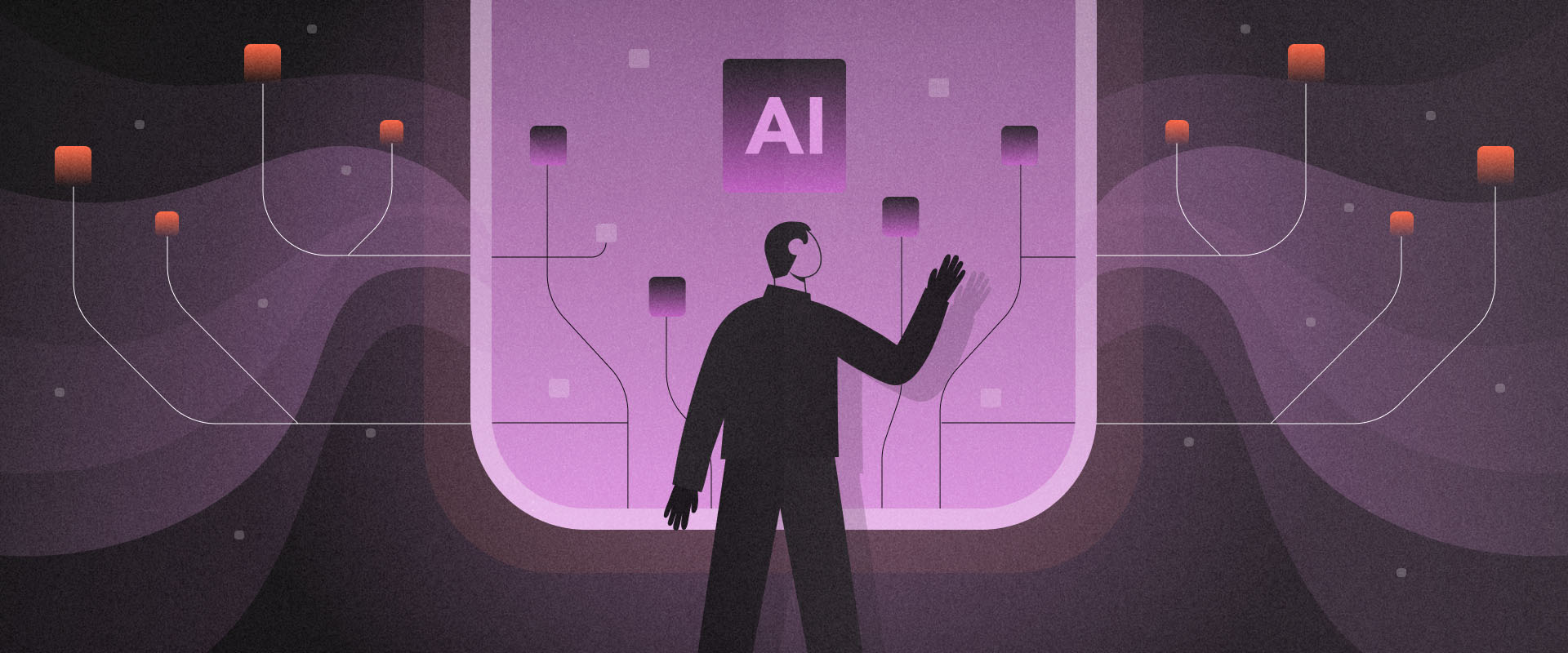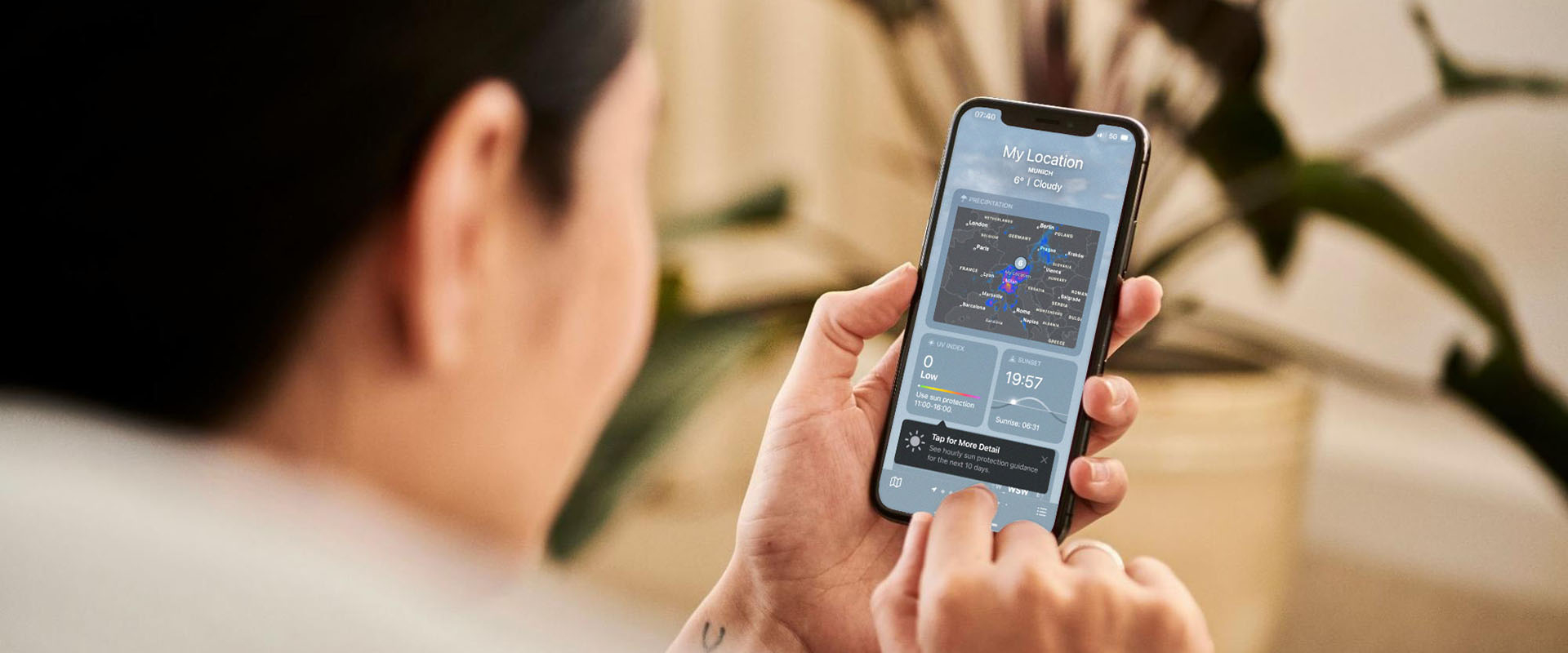The Cost of Assumptions: 7 Reasons Why You Can't Afford to Skip UX Research




As a UX researcher with numerous projects under my belt, over the years I've witnessed the transformative power of UX research in sculpting product development firsthand. That being said, there’s still a stigma associated with the service, where some think of UX research as a nice-to-have, rather than a must-have. But, let me tell you – UX research is far from a mere luxury. It’s an investment that pays off in understanding user needs and preferences, which ultimately determines the success of a product.
Keep reading to find out why UX research is an irreplaceable aspect of creating successful products and why it should never be overlooked in the product development process.
At its essence, UX research aims to gain a deeper understanding of the product's target users and their interactions with it. Every product is designed with a specific audience in mind and the product’s success relies on meeting their needs, preferences, and ensuring they can use the product with ease.
Through various research methods, like surveys, interviews, and observations, UX researchers gain insights into user behavior, pain points, needs, and motivations. This understanding sets the foundation for creating user-centric products and services that prioritize their needs – ultimately resulting in greater user satisfaction by addressing their genuine issues. Therefore, investing in UX research delivers a significant return on investment. How? You might ask. Let’s dive in and find out. 👇
One of the primary reasons a stakeholder should invest in UX research is to steer clear of developing a product based on assumptions. While assumptions are inevitable, they should always be tested and validated.
There have been times when a client would tell us they don’t need to conduct research because they know their customer. Yet, this knowledge was often built on assumptions rooted in biases or personal beliefs, which may or may not reflect the users' real preferences and behaviors. To elaborate, let’s take a look at our first example.
🔎 Example 1:
I remember planning a workshop where I had to set up a value proposition canvas to help kickstart a project. We filled out the product part quickly, but when it came to filling out the user part, we soon got lost in discussions. Why? Well, it turned out that all workshop participants had very different assumptions about their users’ needs, gains, and pains. The interesting part? Before this exercise, they weren't even aware of their different views. In order to gain a profound understanding of their potential customers, who they are, and what their needs, motivations and requirements are, we began with in-depth interviews.
Assumptions, while natural, need validation. UX research serves as this crucial check, ensuring that products align with actual user needs, thereby optimizing resource allocation and reducing costly errors.
Tailoring products to user needs is a fundamental objective of UX research, while UX research is a critical tool for understanding the target audience's needs and pain points. By conducting in-depth investigations into user behavior, preferences, issues, and motivations, businesses can identify gaps in the market, discover unmet needs, and gain valuable insights into features that users value the most. All of this enables them to design products with a focus on meeting user expectations. UX research allows companies to understand their target audience on a deeper level, ensuring that the final product aligns precisely with users’ desires and requirements.
🔎 Example 2:
By conducting UX research for one of our clients, we created an opportunity board that outlines their customers’ needs, assesses their fulfilments, and proposes ways to address them better. This approach helped illustrate the potential for new product features, ways to shape them to meet customers' expectations, and establish a clear foundation for resource allocation.
This is just one example of how user feedback can empower a team to make informed decisions for the product. It allows them to create user-centric features, intuitive interfaces, and seamless user journeys that, in the end, form a delightful user experience.
I understand that skipping UX research initially may seem like a cost-saving measure, but in the long run, it can lead to significant expenses. An early investment in UX research leads to identifying and resolving usability issues beforehand – this means a smoother development process and saving up on costly redesigns in the future. Usability testing, for example, uncovers usability challenges, allowing designers to make necessary adjustments to the user interface and experience.
🔎 Example 3:
When designing a new website for one of our clients, we found out that customers had trouble interacting with the website’s navigation bar. Thanks to usability testing, we came across this insight and redesigned it, which, ultimately, led to enhancing the user experience. Conducting user testing during the initial stages of the project resulted in minimal expenses and no significant delays.
By addressing issues like this during the early stages – in the best case on a wireframe basis prototype, before any development takes place – businesses can avoid redesigns later in the development process when they are far more costly and time-consuming. This will also reduce the risk of expensive overhauls post-launch.
Understanding your target audience is key to avoiding product failure. If the product doesn’t resonate with users or doesn’t match their expectations, it can lead to significant financial losses and damage to a brand's reputation. UX research helps mitigate these risks by validating product ideas pre-launch.
🔎 Example 4:
When discussing new product ideas with one of our clients, they expressed particular enthusiasm for an idea that they were eager to develop. Fortunately, they made the decision to first do the UX research to evaluate users' opinions on the feature. Why fortunately? Because the research showed that even though the users liked the idea, none of them would've actually used the new product, since it was missing a real use case. So, even though the idea was generally perceived well, proceeding with its development would have been a mistake.
Good thing is that the research brought a bunch of insights to our client: they learned what aspects were perceived well about their idea, allowing them to incorporate these findings into another product idea that genuinely addresses users' concerns. This emphasizes the importance of engaging users in the initial stages of development. Clients can identify potential issues and make improvements before the product launch, thereby minimizing the risk of rejection or low adoption rates, and increasing the chances of success.
User engagement is a key metric for the success of any digital product, and to achieve this metric, it's essential to have a positive user experience. UX research plays a crucial role in improving user engagement by finding out what contributes to their positive user experiences. This empowers clients to create intuitive and enjoyable user experiences, encouraging them to stay engaged and keep coming back for more. Engaged users are more likely to remain loyal, refer others, and provide valuable feedback. This not only leads to increased customer retention, but also generates positive word-of-mouth marketing that attracts new users.
🔎 Example 5:
One of our clients uses a QR code on their product, allowing customers to register the product online. The intention behind this is to collect customer data and build stronger relationships. After conducting UX research for that same client, results showed that in 9 out of 10 cases, the installer of the appliance removes the QR code long before the customer has an opportunity to even interact with it. This creates an interruption in the customer journey that leads to lower customer retention.
By diving into customer experiences and journeys, UX research unveils opportunities to enhance customer relations and measures to foster and achieve long-term customer loyalty.
In today's highly competitive market, a superior user experience can be a key differentiator for businesses and set a product apart from the competition. By investing in UX research, clients gain a deeper understanding of their users' needs and preferences, providing them with a competitive advantage to develop products that outperform competitors' offerings, as customers are more likely to choose products that address their specific needs.
🔎 Example 6:
After conducting in-depth interviews for one of our clients, based on the gained insights they came up with several ideas for innovative product features. However, they hesitated to invest in these ideas due to their newness to the market. Several years later, competitors introduced similar features to the market that then proved highly successful. To stay competitive, the client only then started developing their features.
Had the client embraced these ideas during our initial research, they could have been market pioneers, enjoying a strong competitive edge.
Last but not least, UX research benefits the employees of the product-developing company as well, not only the users. It enables a detailed understanding of workflows and user journeys, along with information about what’s important at each step. This, in turn, helps simplifying the processes for both customers and employees, resulting in time and cost savings. Moreover, with the understanding gained through UX research, products and services can be designed to be more intuitive and user-friendly, reducing the likelihood of user confusion and frustration. Consequently, customers are less likely to encounter problems or roadblocks when using a product, resulting in fewer support calls.
🔎 Example 7:
You can find another great example of the transformative power of UX research in our collaboration with a client in the B2B insurance sector. Faced with a product heavily dependent on manual processes, we initiated a comprehensive UX research to identify opportunities for digital transformation within these processes.
As a result, we created a user experience that was both intuitive and easy to navigate for customers, and, accordingly, significantly reduced the volume of support inquiries. Thoughtful UX design offers multiple benefits – higher employee productivity and a better customer experience are just some of them.
UX research is an integral part of the product development process, providing clients with essential insights about their target audience. While some think that there’s no need for UX research when you have analytics data, it’s important to notice that user interviews and usability testing offer unique advantages over analytics. Especially when it comes to understanding user behavior and the why behind their actions.
Other than that, usability testing allows us to observe users directly and identify issues and stumbling blocks that may not be obvious from analytics alone. By integrating analytics data and UX research, you can gain a holistic understanding of users that enables you to make informed decisions and develop products aligned with user needs and preferences.
In today’s user-centric world, integrating UX research is essential for a product's success. So if you aim to build successful products and drive business growth, you know what to do next. And if you want to learn more about UX research at COBE, just click here.
Julia is a UX Researcher working at the crossroads of science and human behavior to create not just a product but a feeling. She’s enthusiastic about finding out what motivates people so that she can craft delightful experiences for them. While doing that, she loves to indulge in her coffee addiction, travel the world, or work on DIY projects to revamp her home decorations.




